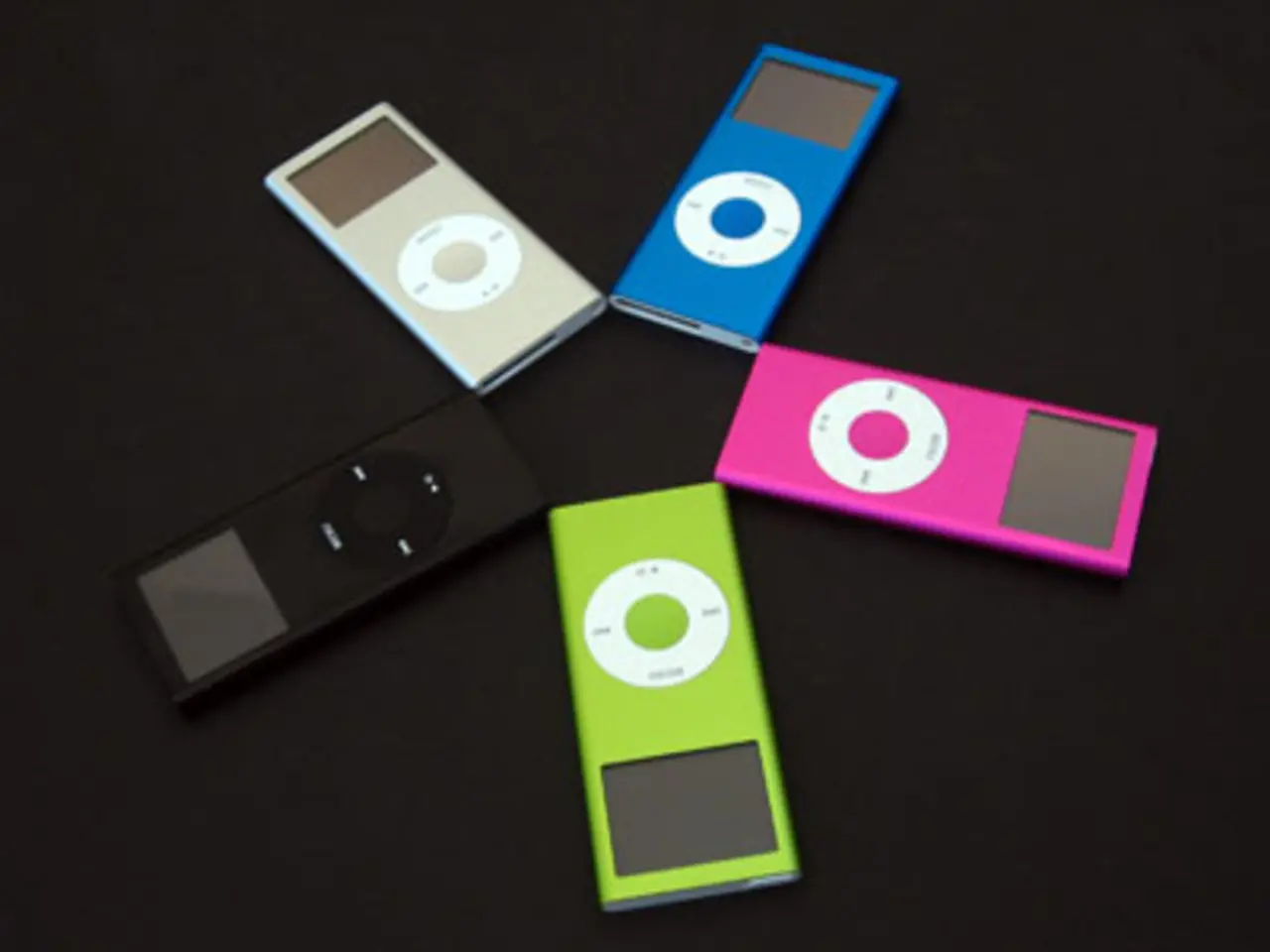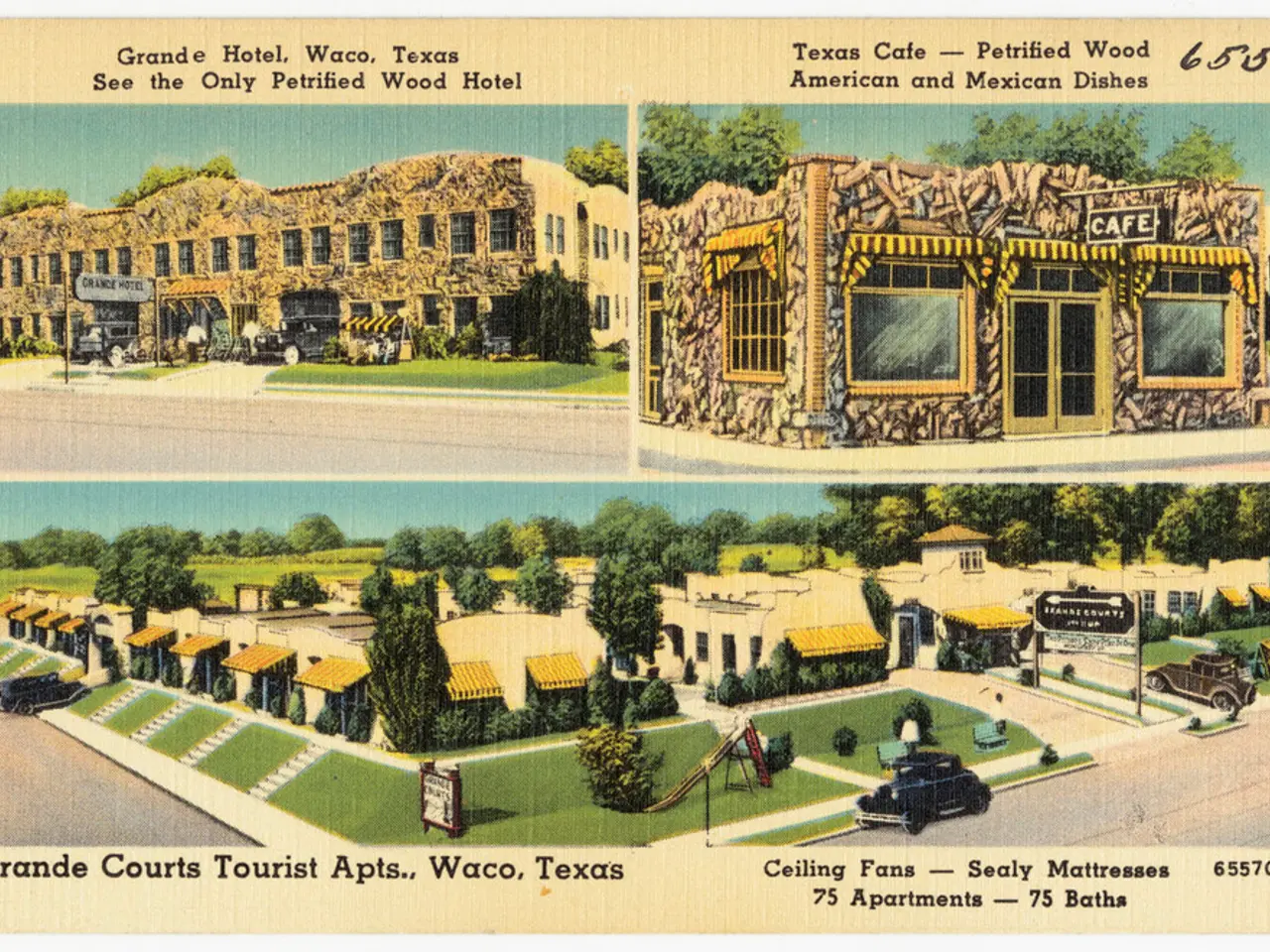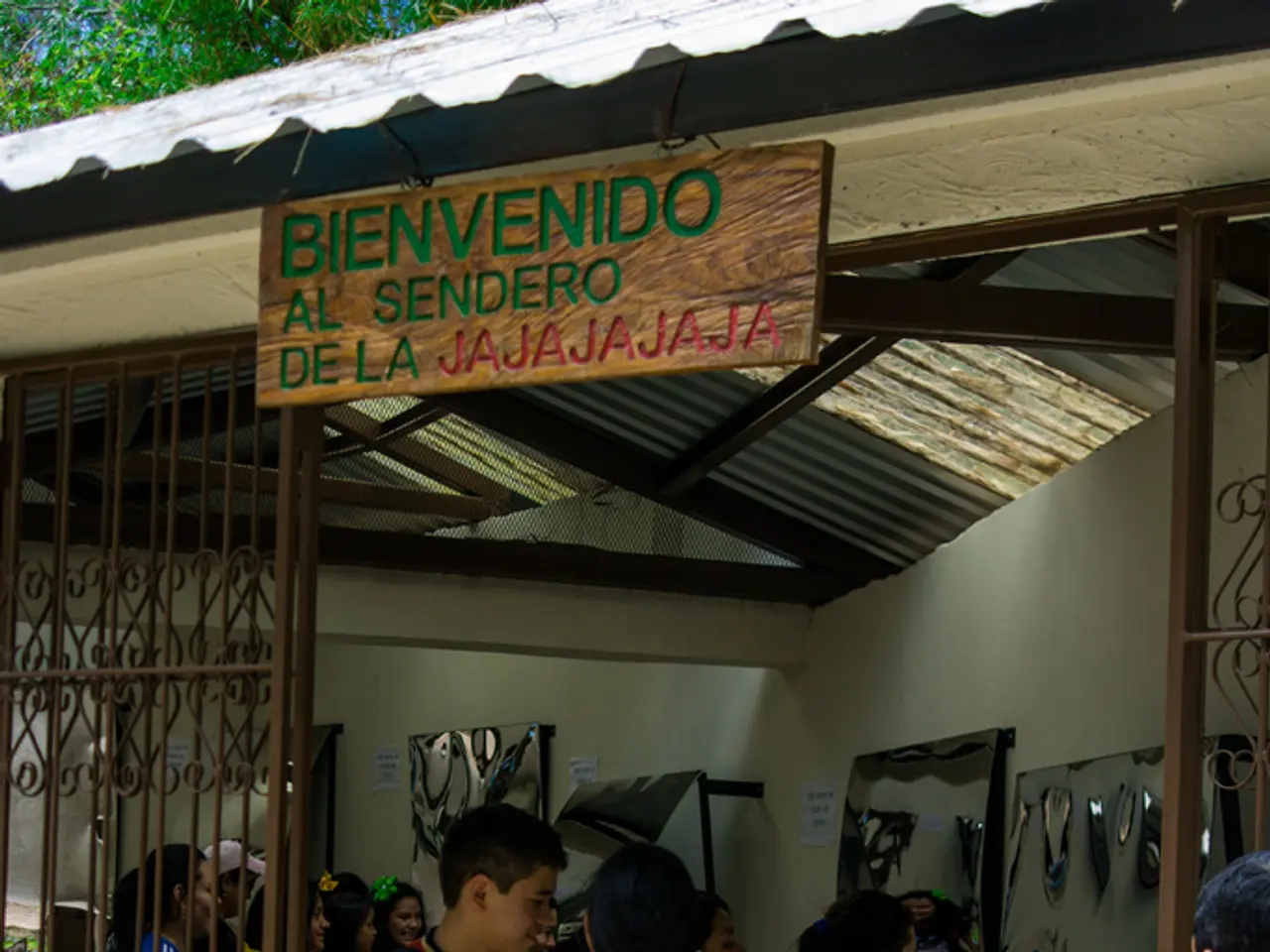Larger Sensors in Cameras Deliver Enhanced Cinematographic Experience
Live and Large: Adapting Big-Sensor Cameras for the Unpredictable World of Live Events and Outside Broadcast Work
The traditional art of camera operation in live events and television hasn't exactly leaped at the prospect of new technologies. While cameras have become tech titans, live broadcasting remains obstinate, focused on creating a consistent operator experience. But as streaming platforms grow, the demand for cinematic feel is pushing change into this stubborn field.
Embracing the Cinematic Feel
Guilhem Krier, Panasonic Connect's Head of New Business & Market Development, traces the trend back to concerts, around 10 years ago. "You want a very nice cinematic feel for the singer, with a blurry background to separate him. That's where the idea for products like the PLV100 came from," he shares.
Existing larger-sensor options already existed, but they were reserved for full-crew production work. The market was seeking a camera that blended studio, broadcast quality with a cinematic look. To fill this need, manufacturers like Panasonic started developing studio cameras with cinematographic appeal.
A Shift in Perspective
Masakazu Murata, Sony's Senior General Manager of the Media Solutions Business Unit, observes a comparable trajectory in sports broadcasting. "Increasingly, cinema cameras like the Venice 2 are being used for cinematic visual expression. This year's Super Bowl, for example, featured Venice 2 and FX series cameras alongside Sony system cameras," Murata mentions.
Sony's HDC-F5500V, a Super 35mm system camera, aims to strike that balance between live work's ergonomics and cinematic feel. The new design incorporates talkback, remote control, and a variable ND filter, providing professional broadcasters with expanded visual expression options and managing the tradeoff between functionality and aesthetics.
The Power of Integration
Grass Valley's Klaus Weber, responsible for product management of camera solutions and technology, highlights the importance of proper integration. While additional capabilities such as tally lights and intercom solutions can be added to large-sensor cameras, they essentially create hybrid cameras with less-than-ideal live output capabilities. In response, Grass Valley unveiled the LDX 180 at NAB, designed to offer superior broadcast operability.
The challenge, as Joshua Stoner, Senior Technical Specialist at Canon, puts it, lies in achieving the perfect balance: a camera that functioning beautifully for both live and cinematic settings without compromising either's performance.
Stoner notes that while the industry may not see Super 35 overpowering 2/3-inch anytime soon, it's certainly an exciting add-on for the future. As broadcasters work to keep up with constantly evolving technology, compromise seems to be the norm, but it's apparent that the innovations and potential for improvement are endless. Using hybrid solutions, AI-driven processes, and integration with virtual production technologies, the field of live broadcasting is primed for its most drastic transformation yet.
Sources
- Trends in Copyright Law and Commercialisation of Visual Content in Virtual Production
- Advances in Wireless Remote Camera Systems
- PTZ Cameras: Past, Present, and Future
- JPEG XS: A Standard for High Dynamic Range Video over IP Networks
In the realm of live events and television, a shift towards embracing cinematic feel is underway. Guilhem Krier, from Panasonic Connect, recalls the genesis of this trend to concerts about a decade ago, with the development of cameras like the PLV100. Based on the need for a balance between studio, broadcast quality and cinematic look, manufacturers began crafting studio cameras with cinematographic appeal.
Simultaneously, sports broadcasting has seen a parallel evolution, as Masakazu Murata, Sony's Senior General Manager, notes. Cinema cameras, such as the Venice 2, are increasingly being utilized for cinematic visual expression, even in sports broadcasting events like the Super Bowl.
Grass Valley's Klaus Weber emphasizes the importance of proper integration, balancing added capabilities with live output capabilities. The LDX 180, unveiled by Grass Valley at NAB, exemplifies this approach by offering superior broadcast operability.
Joshua Stoner, Senior Technical Specialist at Canon, acknowledges the challenge of achieving a perfect balance: a camera that performs flawlessly in both live and cinematic settings, without compromising either's performance. Although Super 35 may not overpower 2/3-inch cameras soon, it offers an exciting addition to the future of broadcasting.
As the industry progresses, compromise seems to be the norm. However, innovations such as hybrid solutions, AI-driven processes, and integration with virtual production technologies are poised to bring about the most drastic transformation in live broadcasting yet.
The evolving landscape of copyright law and commercialization of visual content in virtual production, advances in wireless remote camera systems, the past, present, and future of PTZ cameras, and JPEG XS – a standard for high dynamic range video over IP networks – are some fascinating aspects of this transformation in the media and technology workflows of live streaming, video, and television.






